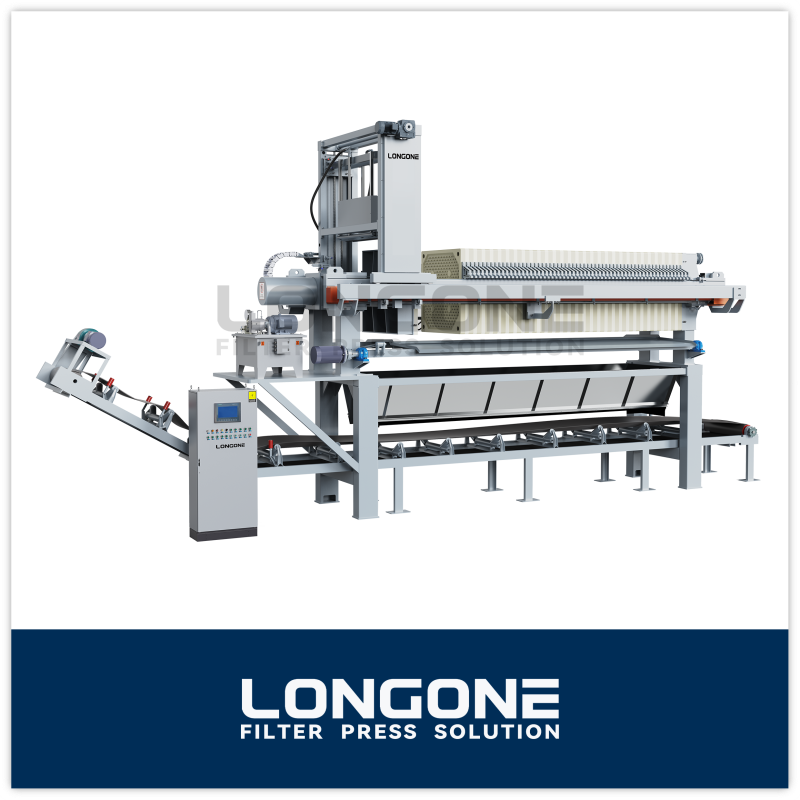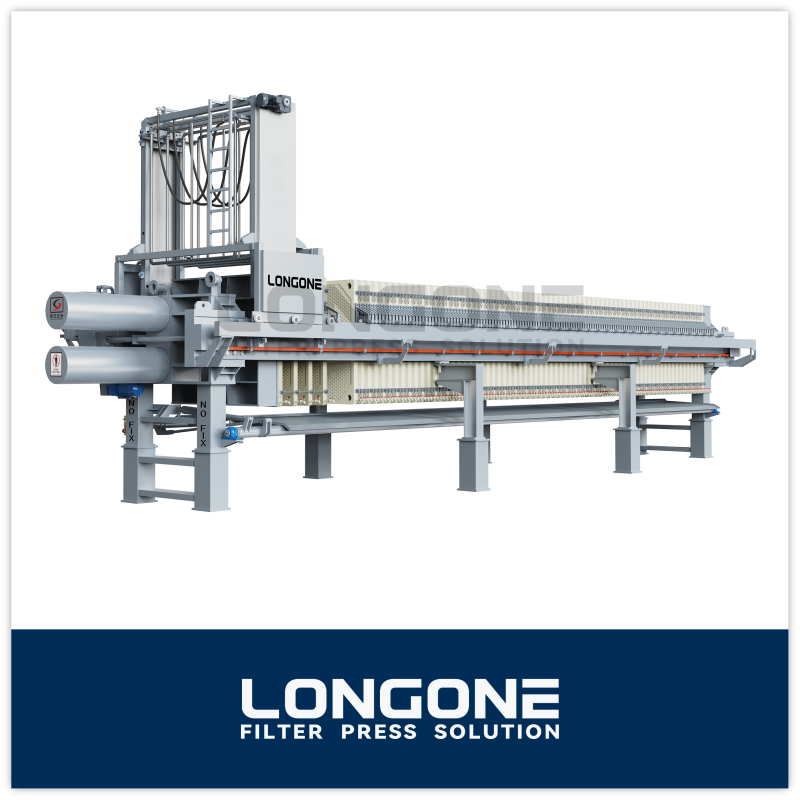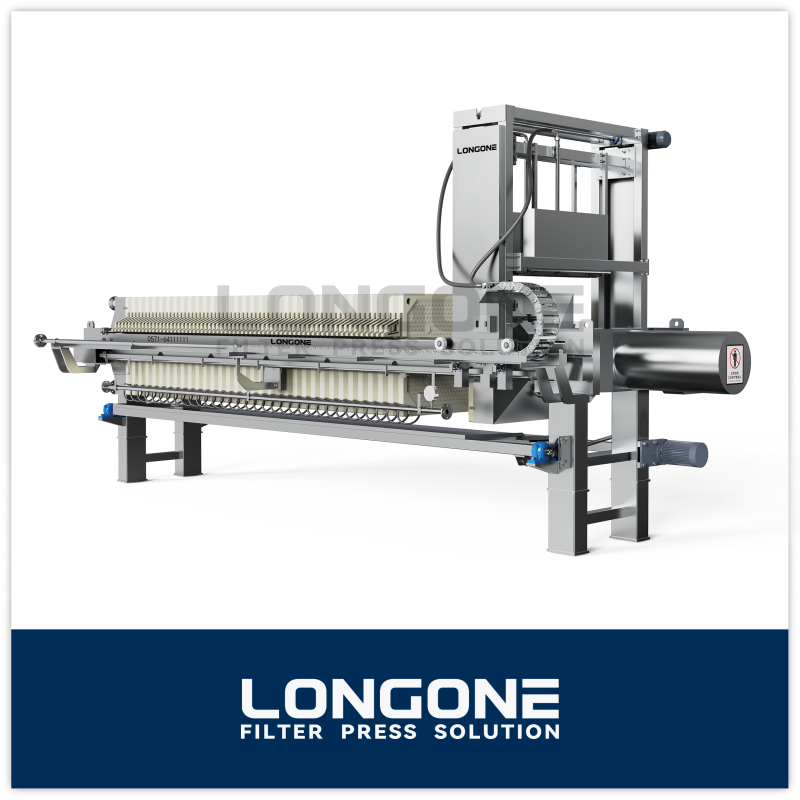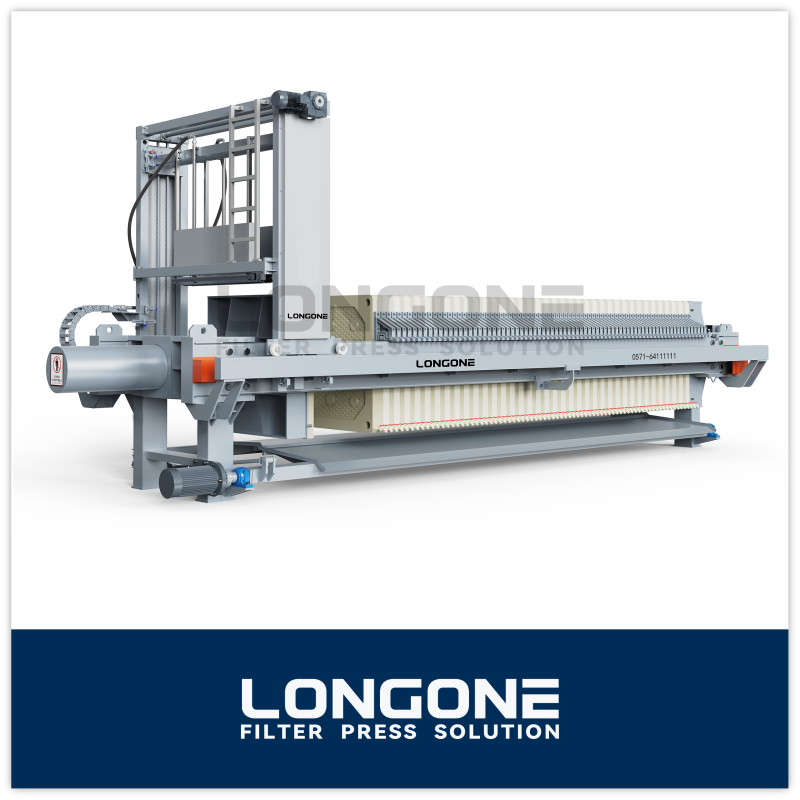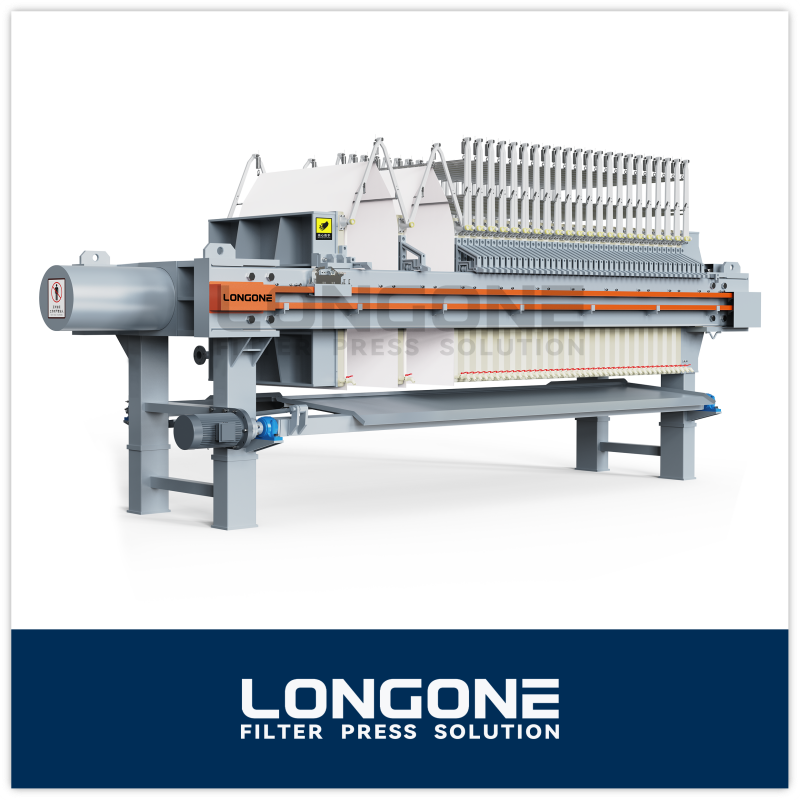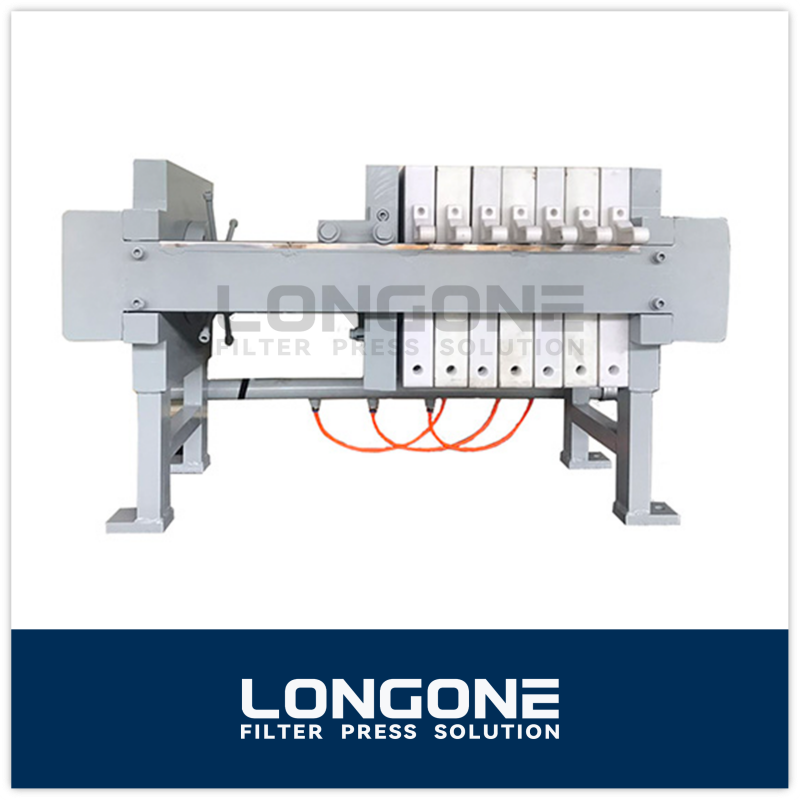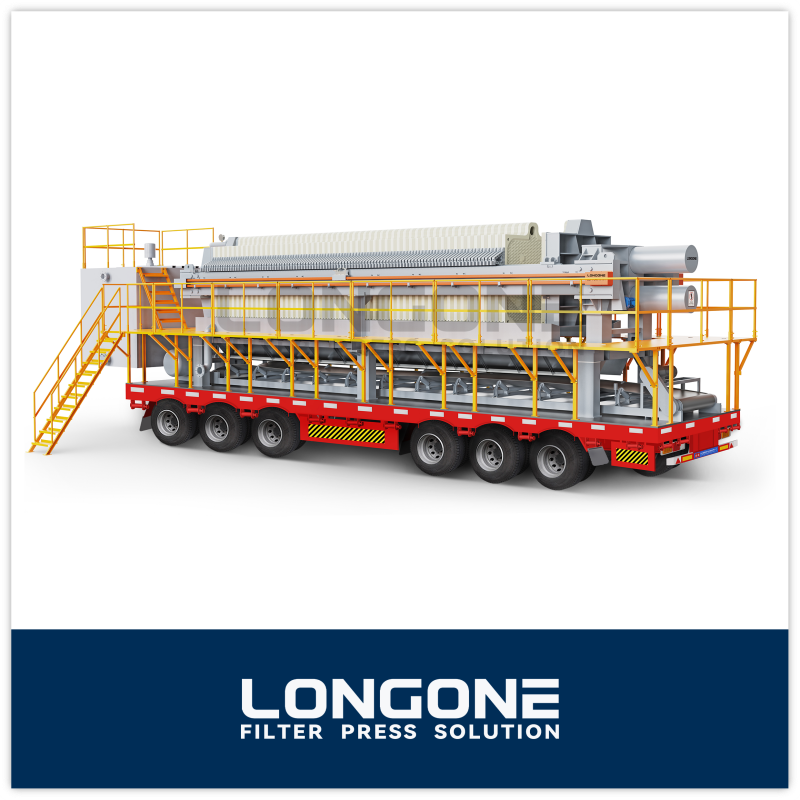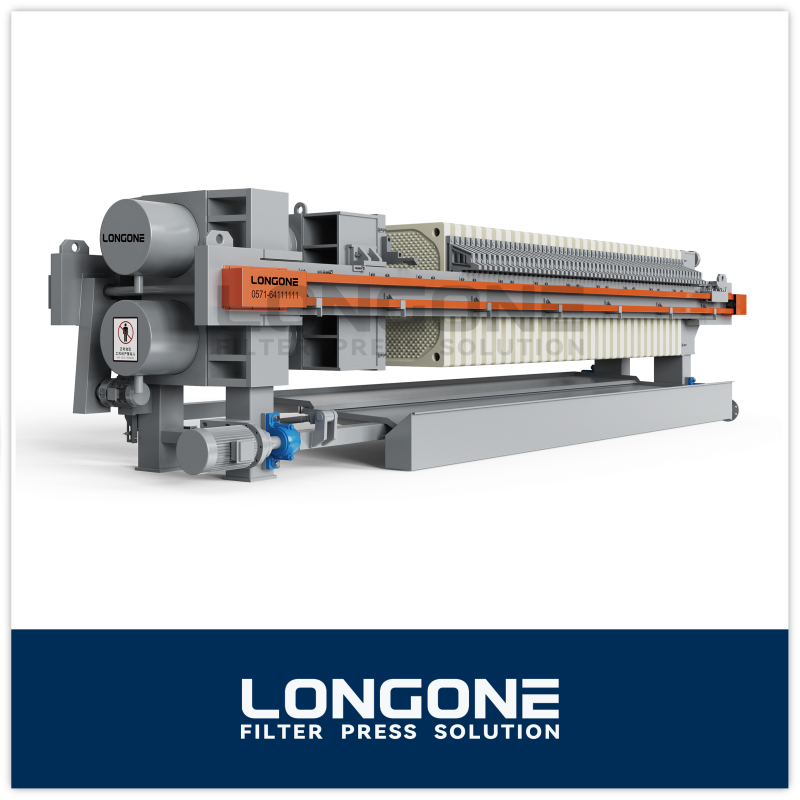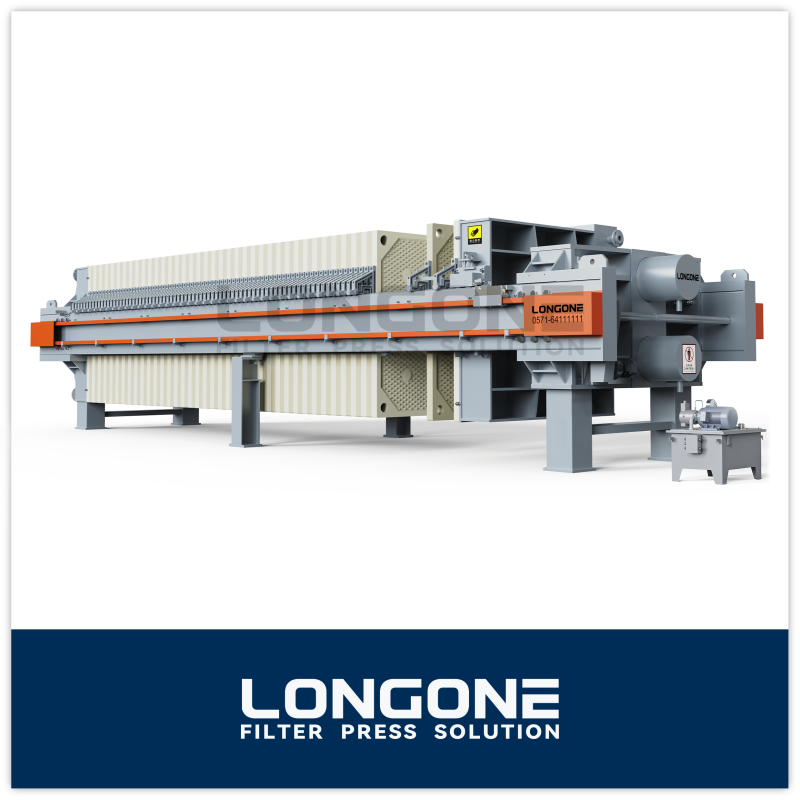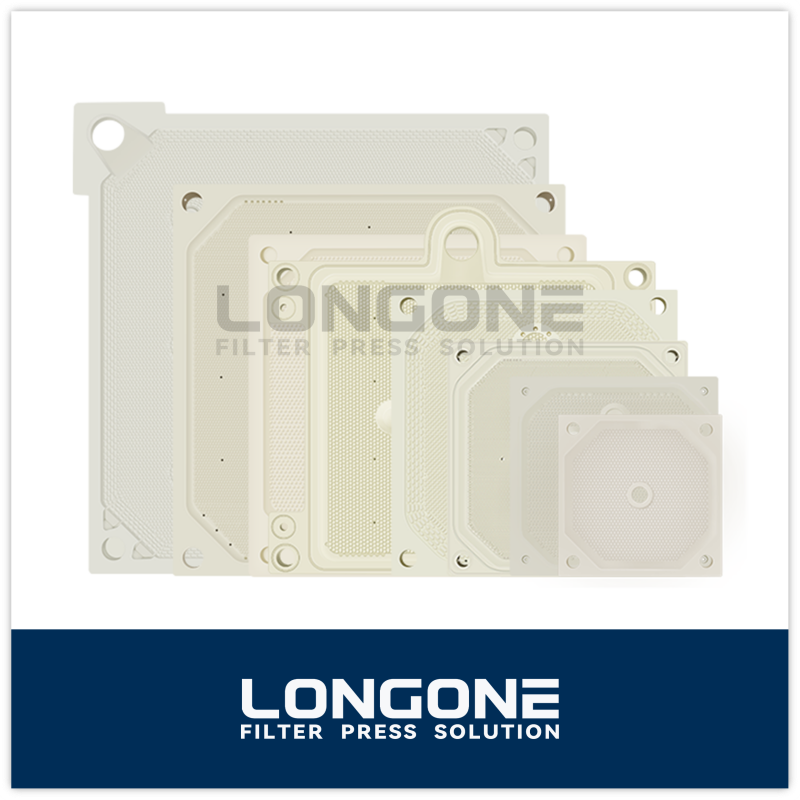CGR Filter Plate: Precision and Durability in Industrial Filtration
In the realm of industrial filtration, the CGR filter plate has emerged as a benchmark for efficiency and reliability, meeting the rigorous demands of solid-liquid separation processes across various industries. Widely used in chemical processing, food production, mining, and wastewater treatment, the CGR filter plate's innovative design ensures both high filtration precision and durability, making it an essential component of modern filter press systems.
The Essence of CGR Filter Plate Technology:
The CGR (Caulked, Gasketed, Recessed) filter plate is a crucial part of the filter press system, responsible for effectively separating solids from liquids. Available in a broad range of sizes—typically from 400mm x 400mm to 2000mm x 2000mm—these filter press plates offer unmatched versatility for different industrial applications. The CGR filter plate is designed to provide impeccable sealing, preventing leakage and ensuring that even the finest particles remain captured within the filter cake while the filtrate passes through. This not only enhances the quality of the separation process but also helps reduce waste and environmental impact.
Key Advantages of CGR Filter Plates:
One of the standout features of CGR filter plates is their impermeable filtration capability, meaning that not a single drop of liquid leaks during the process. This precise sealing performance is achieved through a combination of advanced materials and manufacturing techniques, ensuring optimal separation of solids and liquids with minimal loss.
Another defining aspect of these filter press plates is the patented molding technology used in their production. This process results in filter plates that are incredibly strong yet lightweight, with a high strength-to-weight ratio. The uniform thickness and smooth surfaces of the CGR filter plates contribute to their high filtration efficiency, providing consistent and reliable performance over long-term use.
Chamber Plates vs. Membrane Plates:
In addition to the standard CGR filter plates, industries can choose between two main types of filter press plates to meet specific filtration needs: chamber plates and membrane plates.
Chamber plates are designed for general-purpose filtration. These chamber plates have a recessed cavity that allows solids to form into a cake within the chamber. Chamber plates are widely used when moderate filtration efficiency is required, and they provide an excellent balance of performance and cost for standard applications.
Membrane plates, on the other hand, offer additional dewatering capabilities. These filter plates consist of a flexible membrane that can be inflated, squeezing the filter cake after the initial filtration stage. This secondary compression step removes more moisture from the cake, producing drier results and reducing disposal costs. Membrane plates are ideal for applications where maximum dewatering and solid dryness are critical.
Innovation Driving Filtration Efficiency:
Behind the success of CGR filter plates is continuous technological advancement. The industry’s ongoing research and development focus has led to improvements in filtration efficiency, strength, and environmental sustainability. Whether for improving the structural integrity of the filter plates or enhancing their ability to handle highly demanding filtration tasks, CGR filter plates remain at the forefront of industrial filtration solutions.
CGR filter plates, with their superior sealing, patented construction, and versatile designs, represent the peak of filtration technology. When combined with the choice between chamber plates for standard filtration and membrane plates for advanced dewatering, these components deliver precise, durable, and efficient performance across a variety of industries. For those seeking high-quality filtration solutions, CGR filter plates provide a reliable foundation for achieving exceptional results.


